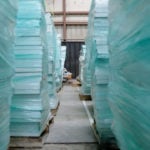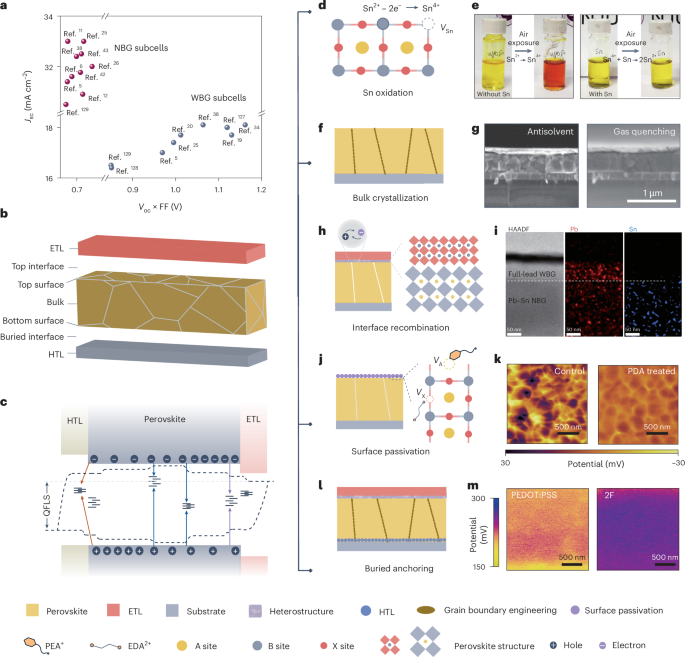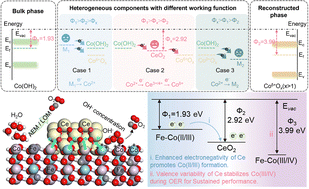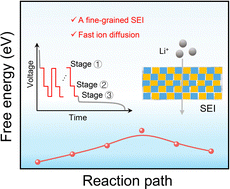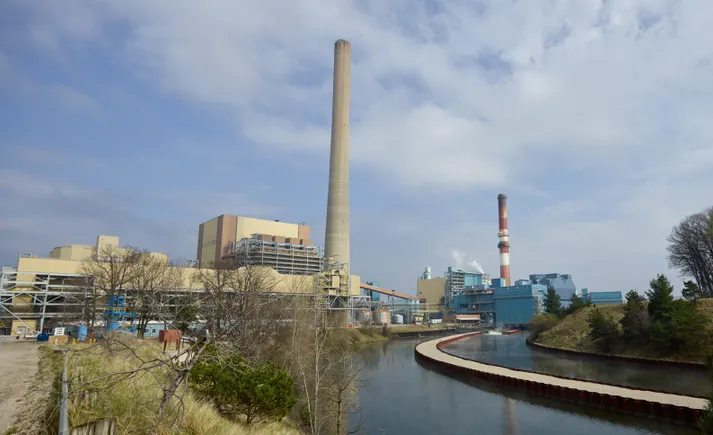Phosphorus‐Based Flame‐Retardant Electrolytes for Lithium Batteries
Advanced Energy Materials, Volume 15, Issue 23, June 17, 2025.

This review highlights the diverse structures of phosphorus-based flame-retardant additives, thoroughly exploring their characteristics, mechanisms, and overall impact on lithium-ion battery (LIB) performance. Moreover, it proposes future directions for next-generation materials to enhance safety and stability, ultimately contributing to the development of fire-resistant and high-performance energy storage solutions for broader applications.
Abstract
The increasing demand for high-performance energy storage systems has driven a significant focus on developing electrolytes for lithium-ion batteries (LIBs), known for their high energy density and cycle stability. Organic electrolytes play a crucial role in enhancing battery performance due to their high ionic conductivity and wide electrochemical stability. However, their flammability and volatility pose serious safety risks, including thermal runaway and fire hazards. To address these issues, research is advancing on flame-retardant electrolytes, particularly fluorine (F)-based and phosphorus (P)-based compounds. F-based flame-retardants work by interrupting flame propagation through radical scavenging mechanisms but require high concentrations to be effective, leading to increased costs and adverse effects on electrolyte properties. In contrast, P-based flame-retardants offer distinct advantages, including lower toxicity, reduced smoke generation, and high thermal and chemical stability. These properties allow P-based additives to be effective at lower concentrations, minimizing their impact on cost and electrolyte performance. This review highlights the diverse structures of P-based flame-retardant additives, exploring their characteristics, mechanisms, and impacts on battery performance, while also proposing future directions for next-generation materials to improve the safety and stability of LIBs, paving the way for fire-resistant, high-performance energy storage solutions.






















































































![Four big takeaways to wrap up the Paris Air Show [Video]](https://breakingdefense.com/wp-content/uploads/sites/3/2023/06/FCAS-scaled-e1685718848105.jpg?#)
![The sights of Paris Air Show, one last time: Day 4 [Photos]](https://breakingdefense.com/wp-content/uploads/sites/3/2025/06/20250617-helenedelacoste-Paris-Air-Show-037-scaled-e1750357690820.jpg?#)






















